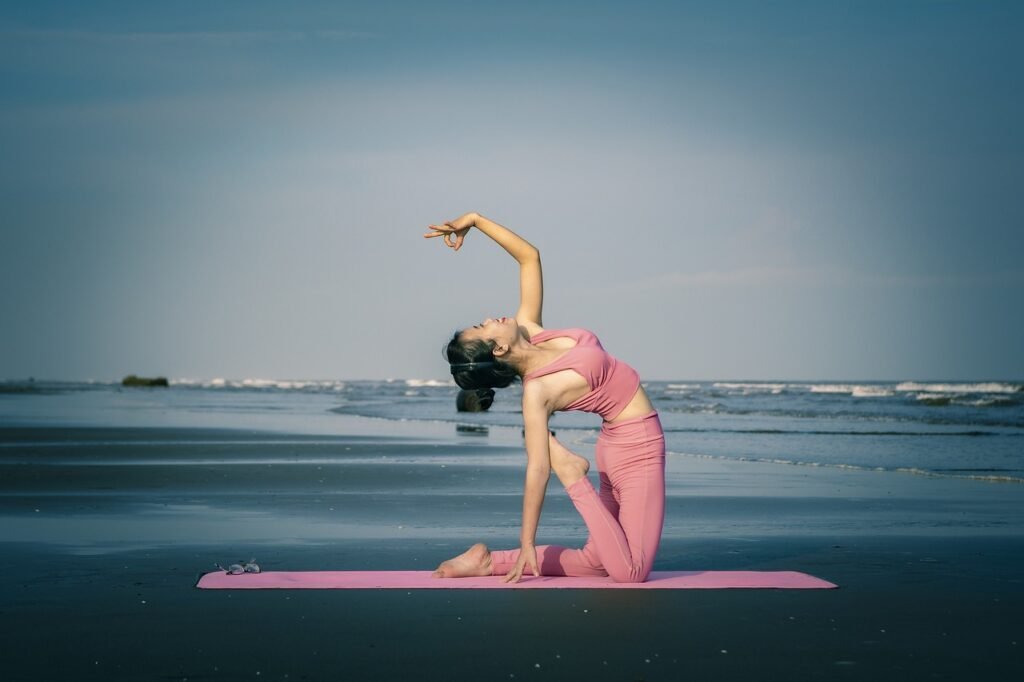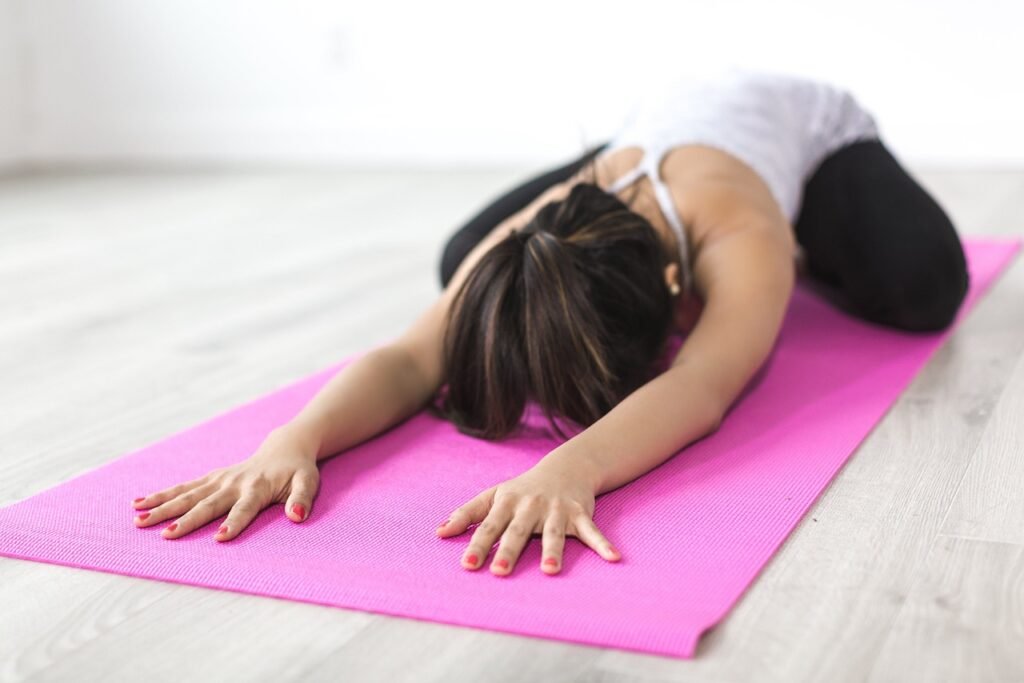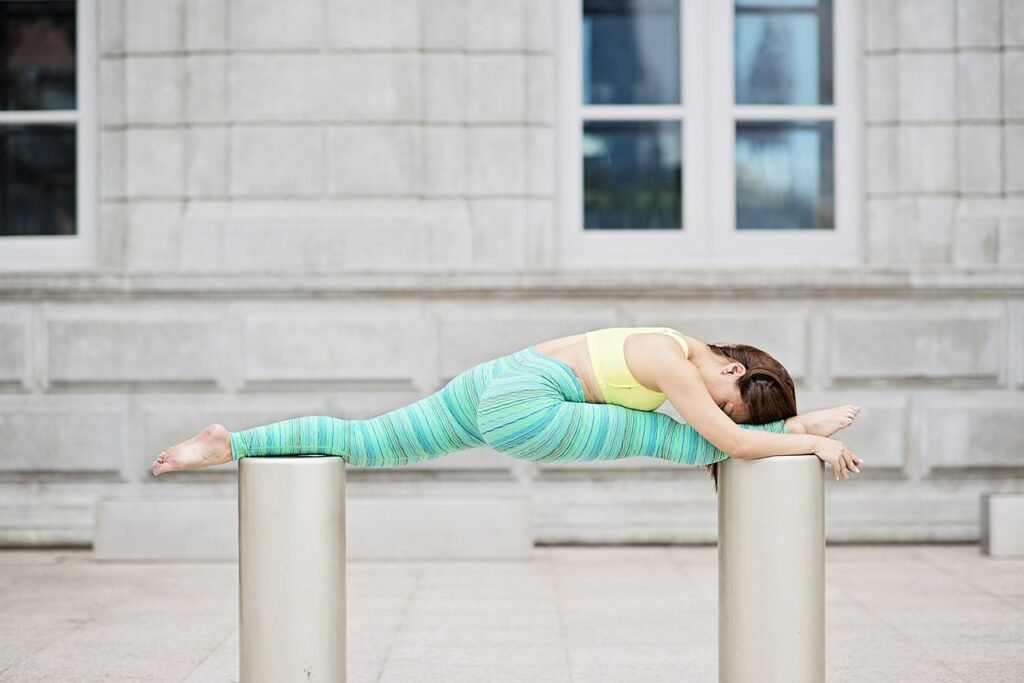What if you could unlock a sense of peace and balance that would last a lifetime? Practicing yoga offers you the chance to cultivate both mental clarity and physical strength, making it a timeless discipline worth embracing. Here, we’ll share invaluable tips to help you develop a lifelong yoga practice that fits seamlessly into your life.
Understanding Your Yoga Journey
Yoga is more than just a series of postures; it’s a holistic approach to wellness. You’ve likely heard the term “journey” thrown around, but in the context of yoga, it means finding what resonates most with you. Start by being mindful of your intentions. Ask yourself what you’re hoping to achieve through your practice. Flexibility? Strength? Mindfulness? Setting your goals right at the start creates a clearer path for your journey ahead.
The Importance of Consistency
Consistency is the cornerstone of a successful yoga practice. Even if your schedule is jam-packed, committing to short, frequent sessions can yield impressive results over time. Consider aiming for 10-20 minutes of daily practice instead of an hour-long session once a week.
Here’s a simple weekly schedule to illustrate how you might structure your practice:
| Day | Practice Duration | Focus |
|---|---|---|
| Monday | 15 minutes | Stretching and flexibility |
| Tuesday | 20 minutes | Strength-building poses |
| Wednesday | 10 minutes | Breathing techniques |
| Thursday | 15 minutes | Balance and stability |
| Friday | 20 minutes | Flow sequence (vinyasa) |
| Saturday | 30 minutes | Restorative or Yin yoga |
| Sunday | 10 minutes | Meditation or mindfulness |
With small, manageable segments, you’ll find it easier to maintain your practice. The key lies in prioritizing your yogic journey amidst daily life challenges.
Building Your Home Practice
Creating a dedicated space for yoga in your home can significantly enhance your practice. You don’t need a large area; even a corner of a room will do.
Selecting Your Space
Choose a quiet area where you feel comfortable. This space should be free from distractions and provide you with enough room to move freely. If possible, include items that inspire you, such as plants, candles, or crystals.
Setting Up a Routine
Establishing a routine can help anchor your practice into your day. Align your practice with another daily habit, such as morning coffee or evening wind-down rituals. This association strengthens your commitment.
Making Your Practice Enjoyable
Incorporate elements that bring you joy into your practice. Play music you love, use a wall to assist in certain poses, or light scented candles. When your practice feels enjoyable, it becomes a cherished part of your day.

Listening to Your Body
One essential aspect of yoga is tuning into your body and its unique needs. Understanding how your body feels can sculpt a more fulfilling practice.
Modifications Are Key
Every body is different, and as you practice, you may need to modify poses to suit your personal comfort and skill level. Always feel free to take a gentler version of a pose. For instance, if a full downward-facing dog feels too intense, you can opt for a child’s pose. Remember, it’s not about how well you can achieve a pose, but about how it makes you feel.
Embracing Your Limitations
It’s perfectly okay to acknowledge where you are on your journey. Instead of comparing yourself to others, recognize that your body has its rhythm. Cultivating patience with yourself will enrich your experience as you grow in your practice.
Mindfulness Through Breath
In yoga, proper breathing is just as vital as the physical postures. Breath control, known as pranayama, enhances your practice by grounding you in the present moment.
Breathing Techniques to Try
Here are a couple of techniques that can help solidify your focus during sessions:
-
Ujjayi Breathing: This involves breathing in through your nose, slightly constricting the back of your throat, and exhaling smoothly. It creates a soothing sound akin to ocean waves.
-
Equal Breathing (Sama Vritti): Inhale for a count of four, hold for a count of four, and exhale for the same count. This method promotes balance and calms the mind.
Integrating Breath with Movement
As you flow through your poses, try to synchronize your breath with your movements. Inhale as you stretch or open your body, and exhale during deep bends. This coordination can create a more serene and centered practice.

Finding Community
While practicing yoga at home is beneficial, engaging with a community can greatly expand your experience. Whether online or in person, having others to share your journey with can provide motivation and support.
Joining a Class
Consider enrolling in group classes. Many studios offer a range of styles to fit your preferences, from restorative sessions to more intense vinyasa flows. Being in a class provides inspiration, camaraderie, and the ability to learn from others.
Online Resources
If attending in-person classes doesn’t suit your schedule or comfort, there are countless online platforms that offer instructor-led sessions. Whether it’s YouTube or specific yoga apps, you can find a style and skill level that matches your needs.
Yoga for Different Life Stages
Your yoga practice can evolve as you do. It’s essential to adapt your approach based on your life stage and physical condition.
Yoga During Stressful Times
Practicing yoga can serve as a refuge during chaotic periods in life. You might focus on restorative poses or calming breathing exercises to reduce stress.
Yoga for Active Individuals
If you’re involved in other sports or activities, yoga can serve as an excellent complement, helping you build flexibility and prevent injuries. Consider incorporating balance and core-strengthening poses to enhance your performance.
Gentle Yoga in Later Years
As you age, joint health becomes increasingly important. Look into gentler forms of yoga like Hatha or Yin that focus on stretching and range of motion without straining your body.

Exploring Different Styles of Yoga
With a variety of yoga styles available, it can be beneficial to experiment and find what aligns best with you. Each style offers unique benefits and approaches.
Hatha Yoga
Hatha yoga is often characterized by its slower pace, making it excellent for beginners. It emphasizes aligning the body and breath through gentle movements and is a great introduction to the practice.
Vinyasa Yoga
If you enjoy a more dynamic practice, Vinyasa yoga flows seamlessly from one pose to another, incorporating breath with movement. It can provide cardiovascular benefits while enhancing flexibility.
Restorative Yoga
This style focuses on relaxation and recovery, involving longer holds of poses with props for support. It’s perfect for unwinding and relieving stress.
Kundalini Yoga
Kundalini yoga integrates physical postures, breathing techniques, and meditation to awaken energy at the base of your spine. This style often targets spiritual wellness alongside physical health.
The Role of Meditation
Meditation plays a fundamental role in deepening your yoga practice. It allows you to shift your focus inward, promoting self-awareness and mental clarity.
Start Small
If you’re new to meditation, start with just a few minutes a day. Gradually increase your duration as you become comfortable. Simply finding a quiet spot and focusing on your breath can be a great starting point.
Guided Meditations
Consider using guided meditations, either through apps or online videos, to help you stay focused during your practice. They can introduce you to various techniques and topics that enrich your mindfulness journey.
Balancing Mind, Body, and Spirit
Yoga teaches you to create harmony between your physical body, mental state, and spiritual well-being. Aim to integrate practices that nurture each of these aspects.
Nourishing Your Body
Pay attention to how you fuel your body. Whole, nutrient-dense foods can optimize your energy levels and support your yoga practice.
| Food Group | Benefits |
|---|---|
| Leafy Greens | Packed with vitamins and minerals |
| Whole Grains | Provide sustained energy |
| Healthy Fats | Support brain health |
| Lean Proteins | Aid muscle recovery |
Nurturing Your Mind
In addition to meditation, you might engage in activities that stimulate your intellectual curiosity. Reading, journaling, or even engaging in meaningful conversations can contribute to your overall mental wellness.
Connecting with Your Spirit
Consider practices that uplift your spirit, such as spending time in nature or practicing gratitude. Reflecting on what you’re thankful for can foster a positive mindset, enhancing all aspects of your life.
Embracing Mindful Living
Ultimately, yoga is about cultivating mindfulness both on and off the mat. This means applying the lessons learned during practice to your daily life.
Developing Healthy Habits
Becoming more mindful can lead to more positive lifestyle choices, whether it’s becoming more aware of your posture while sitting or being kinder in your interactions with others.
Stress Management
As you practice mindfulness through yoga, you might find yourself better equipped to handle stress. Techniques such as deep breathing or taking a moment for reflection can help you remain calm during challenging situations.
The Importance of Patience
A lifelong yoga practice is a marathon, not a sprint. Along the way, you may face challenges, whether it’s dealing with physical limitations, motivation dips, or life changes. Embrace these moments as part of your journey.
Growth Takes Time
Allow yourself the grace to grow, understanding that mastery comes through consistent practice, not overnight changes. Celebrate the small victories, like holding the perfect pose, achieving mental clarity, or simply committing to your practice that day.
Remembering Your Purpose
Keep reminding yourself why you started this journey. Reflecting on your initial motivations can reignite your passion when motivation wanes. Consider keeping a journal of your yoga experiences, noting progress, challenges, and insights.
Conclusion
By integrating these timeless yoga tips into your life, you’re not just practicing yoga; you’re nurturing a lifestyle anchored in balance, wellness, and mindfulness. As you embark on this journey, remember the importance of being compassionate to yourself and allowing your practice to evolve naturally over time. So, what’s the next step on your path to a lifelong yoga practice? Whether it’s joining a local class or setting up your space at home, you now have the tools to continue growing. Embrace the practice, and thrive at every stage of your journey!




